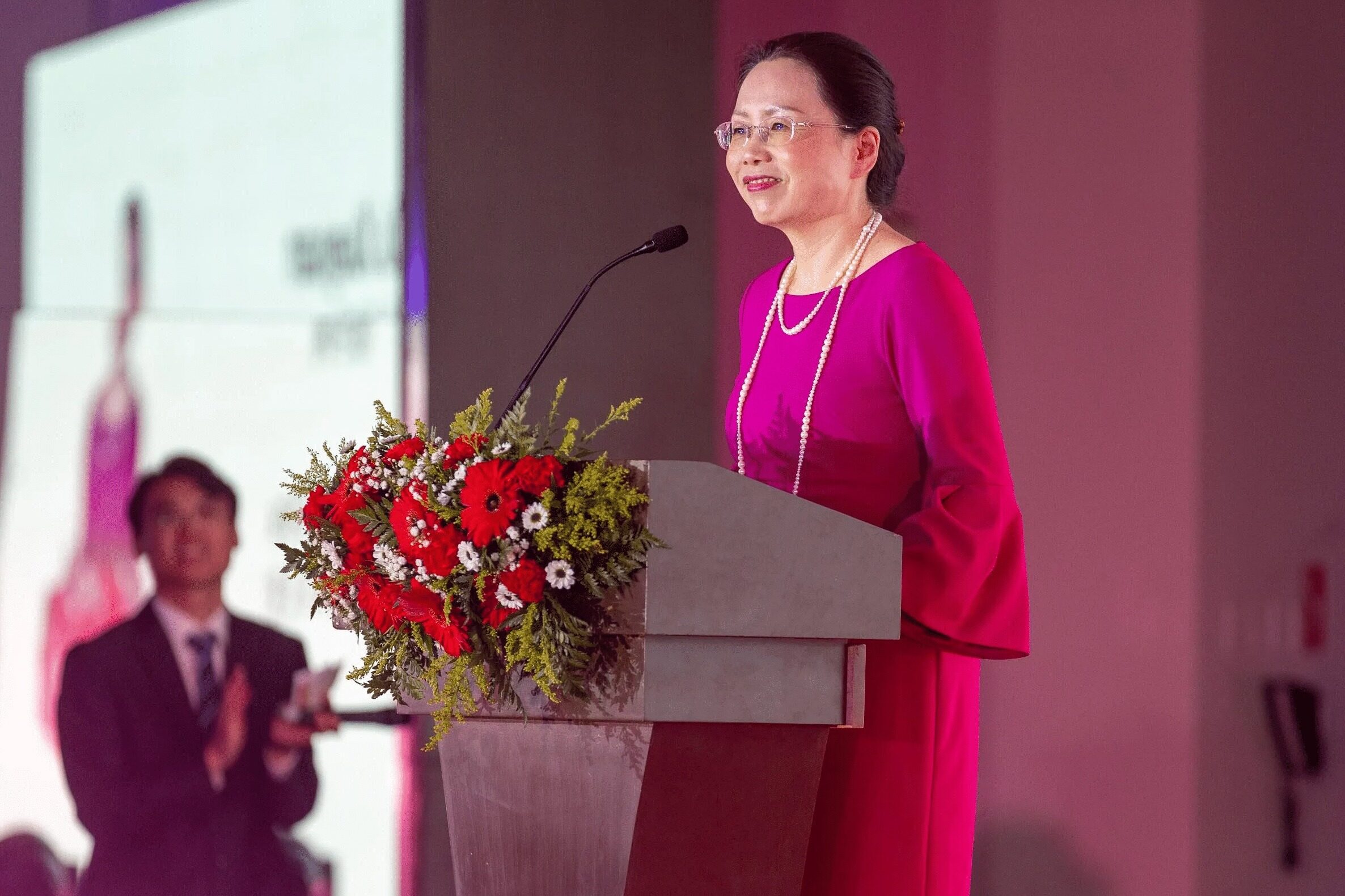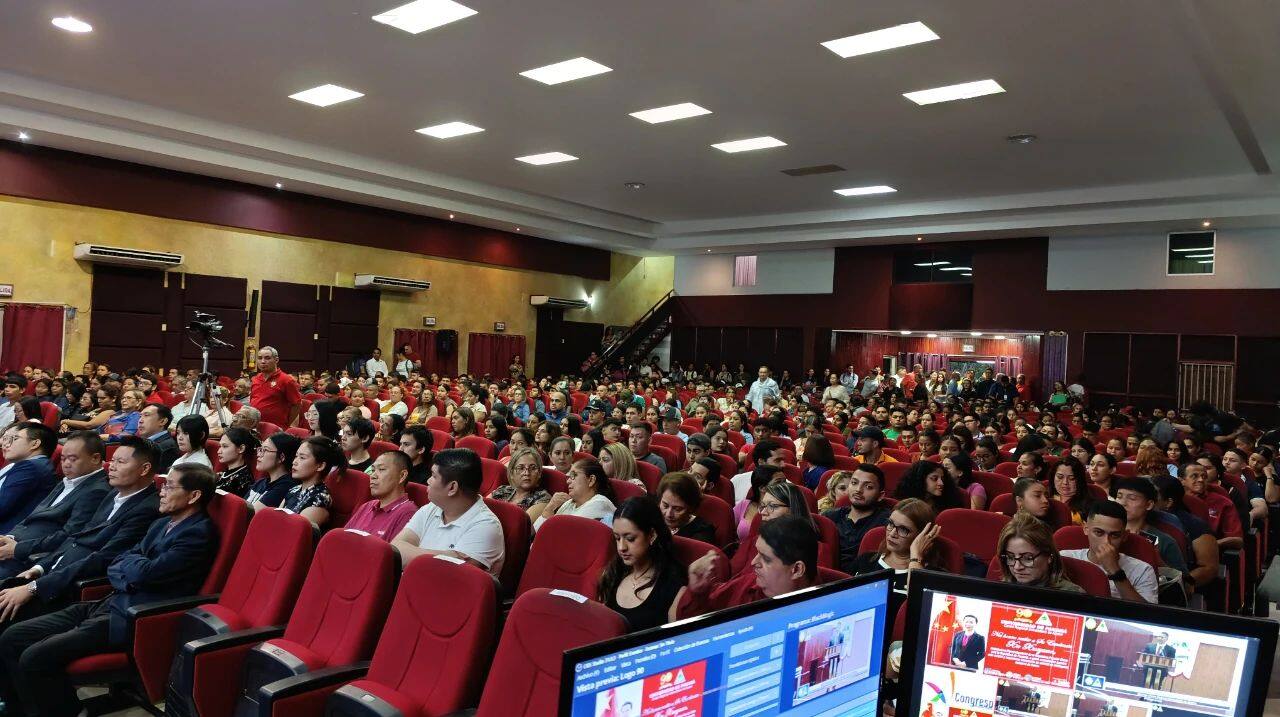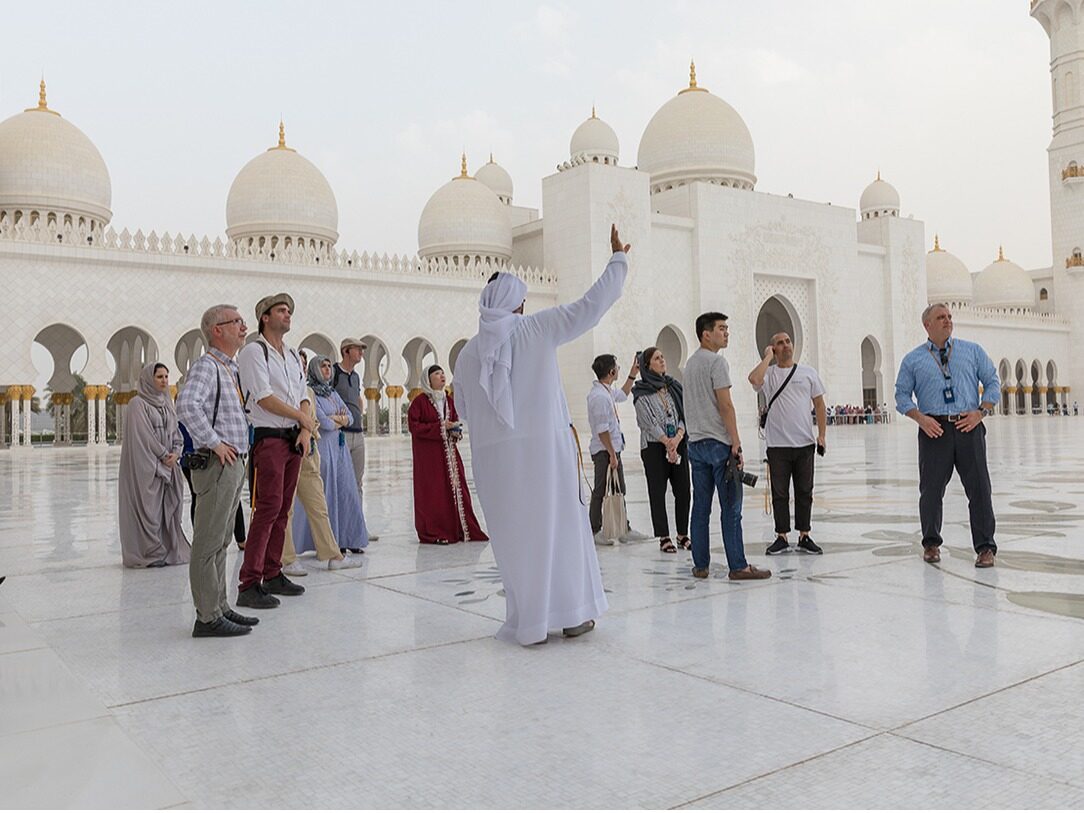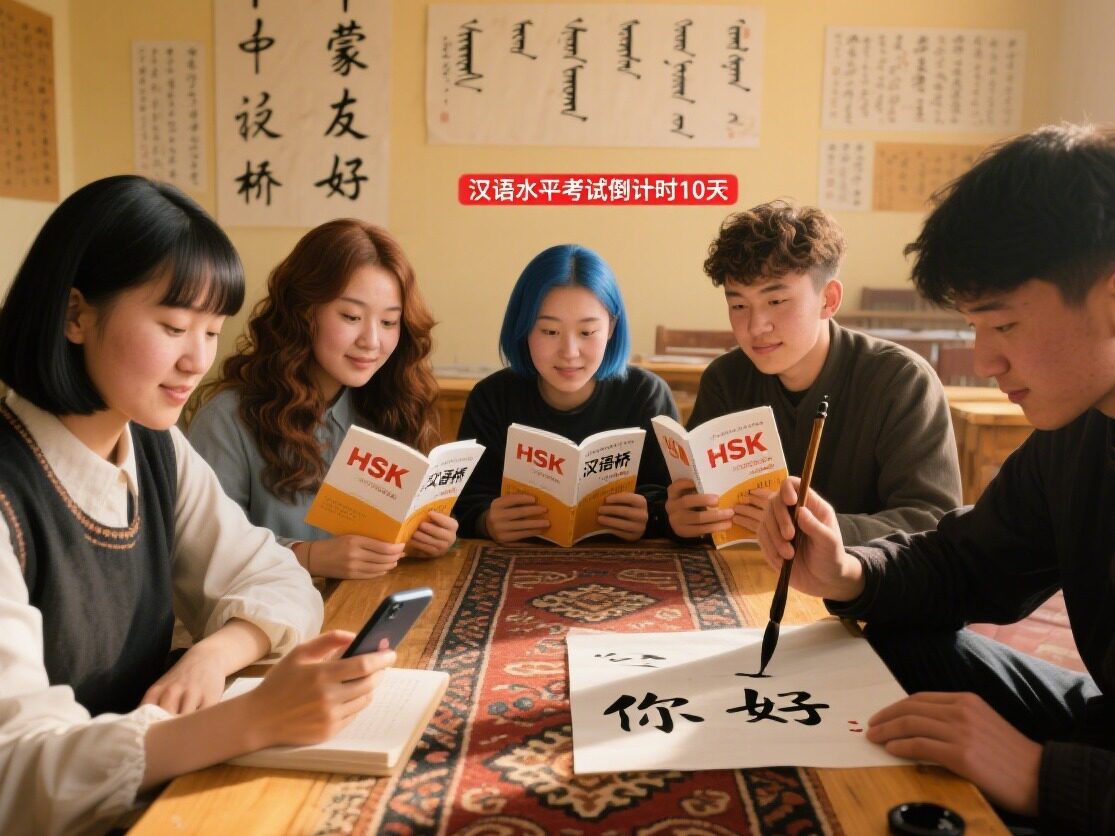- The idea of jointly building the Belt and Road Initiative originated from ancient China

On April 24th, Ambassador Xu Xueyuan of the Chinese Embassy in Panama delivered a speech titled "What Does the Belt and Road Initiative Mean for Latin America?" at the Asueiro Campus of the University of Panama in Chiriquí Province, Panama. The full text of the speech is as follows:
I'm very glad to be here at the AZUERO campus of the University of Panama to discuss the topic of the Belt and Road Initiative. This brings back memories of my university days when I used to feel uneasy whenever I was questioned by the teachers in class. I hope my speech today can bring something to everyone.
The idea of jointly building the Belt and Road Initiative originated in ancient China. More than 100 years ago in the Han Dynasty, Zhang Qian, a Chinese envoy, made a long journey to the Western Regions and as far as Iran, opening up the land-based Silk Road. Through promoting trade and personnel exchanges, it greatly changed the long-term state of conflict between China and its neighboring countries. In the early 15th century, Zheng He of the Ming Dynasty led the then most powerful fleet in the world on a voyage to the Western Seas, opening up the Maritime Silk Road. He reached as far as the Red Sea in East Africa and brought back silk, porcelain, and other goods, while returning with jewels and medicinal herbs. These two voyages were all peaceful and cooperative endeavors, improving and strengthening China's relations with the relevant countries.

The Belt and Road Initiative is based on the principle of consultation, joint contribution and shared benefits. It actively advocates the concept of win-win cooperation and the correct view of righteousness and benefit, and insists that all countries are equal participants, contributors and beneficiaries.
Over the past decade, the Belt and Road Initiative has expanded from the Eurasian continent to Africa and Latin America. More than 150 countries and over 30 international organizations have signed cooperation documents for the Belt and Road Initiative, and more than 3,000 practical projects have been carried out. They have attracted nearly 1 trillion US dollars of investment and created at least 500,000 jobs for the countries involved in the Belt and Road cooperation. In 2024, the trade volume between China and the countries participating in the Belt and Road Initiative reached approximately 3 trillion US dollars.
China and Latin America are geographically distant from each other, but the Belt and Road Initiative has achieved remarkable accomplishments. 23 countries in Latin America have signed memorandums of understanding with China on jointly building the Belt and Road Initiative. Through providing gratuitous assistance, concessional loans, undertaking engineering contracting and other means, China has cumulatively implemented over 200 infrastructure projects in Latin America and the Caribbean region. It has constructed thousands of kilometers of roads, railways, light rails, over 100 schools, hospitals, sports venues, nearly 100 bridges and tunnels, dozens of airports and ports, and over 30 power plants and power stations, providing nearly one million jobs for the local people.
The provinces of Salta and Chubut in Argentina have the largest photovoltaic power station in South America. It was built with concessional loans provided by China. This project not only provides clean energy for 360,000 households but also creates thousands of jobs.
The port of Callao in Peru is the first smart and green port in South America. It was jointly built by China and Peru, reducing the shipping time for products from South America to Asia by 10 days. The completion of Callao not only contributes to Peru's modernization but also effectively promotes the connectivity in the South American region.
In terms of trade and investment, China has become the second largest trading partner of Latin America, with Brazil, Chile, Peru and other countries ranking as its top trading partners. As of 2024, the total bilateral trade volume between China and Latin America reached 500 billion US dollars, an increase of nearly 40 times compared to 2000. China's direct investment in Latin America has exceeded 600 billion US dollars, and in 2024, the investment volume surpassed that of the United States for the first time.
In terms of cultural exchanges, the interest in mutual learning and appreciation of each other's civilizations between China and Latin American countries is growing increasingly strong. Rich and colorful cultural exchange activities are highly popular on both sides of the Pacific. Learning Chinese has become a hobby for young people in Latin America, and many Chinese tourists travel thousands of miles to visit the Amazon rainforest and Machu Picchu.
The Belt and Road cooperation has also borne fruit in Panama. Let me give you a few examples: In 2016, the trade volume between China and Panama was 6.38 billion US dollars, and it reached 12.84 billion US dollars in 2024, doubling. In 2016, the direct investment of China in Panama was 269 million US dollars, and it reached 1.4 billion US dollars by the end of 2023, which was five times that of 2016. China has provided a large amount of gratuitous assistance to Panama, including conducting feasibility studies for the railway project from Panama City to David, providing emergency anti-epidemic supplies and mobile medical vehicles during the pandemic, etc.; China has provided training for 8,800 Panamanian people from various sectors, covering a wide range of fields such as administrative management, business, agriculture, health, and science and technology.
Such examples are countless. The Belt and Road Initiative fully demonstrates the features of equality, mutual benefit, innovation, openness and benefiting the people in China-Latin America relations. With this impetus, China and Latin America on both sides of the Pacific are no longer distant. The path of friendly cooperation is getting wider and the relationship of sharing destiny is becoming increasingly close. Some Western countries criticize the Belt and Road Initiative as a geopolitical tool of China, which is completely baseless slander. It reflects the hegemonic mentality of "not doing it oneself and not allowing others to do it either".
At present, the world situation is complex and severe, and economic globalization is encountering strong headwinds. The international trade system is on the verge of collapse. Deepening cooperation with China under the Belt and Road Initiative to deal with uncertainties with certainty and resist extreme selfishness with mutual benefit and win-win results will undoubtedly become an important choice for Latin America to cope with challenges. China is willing to work with Latin American countries to remove obstacles, innovate and forge ahead, and strive for a broader prospect of Belt and Road cooperation.
Finally, I would like to encourage everyone with the lyrics from the school song of the University of Panama: "We sing songs of praise, carrying the torch of hope, light and science, moving forward, moving forward!"(This article is from the website of Seetao.com. Without permission, it is not allowed to reprint. Otherwise, legal responsibility will be pursued. Please indicate Seetao.com and the original link when reprinting.) Editor of the Strategy Column of Seetao.com / Sun Fengjuan
Comment
 Praise
Praise
 Collect
Collect
 Comment
Comment
 Search
Search














Write something~